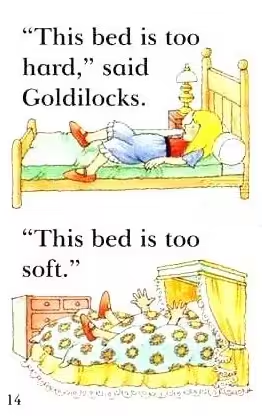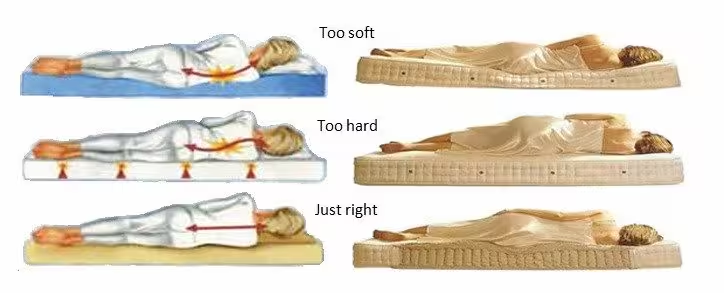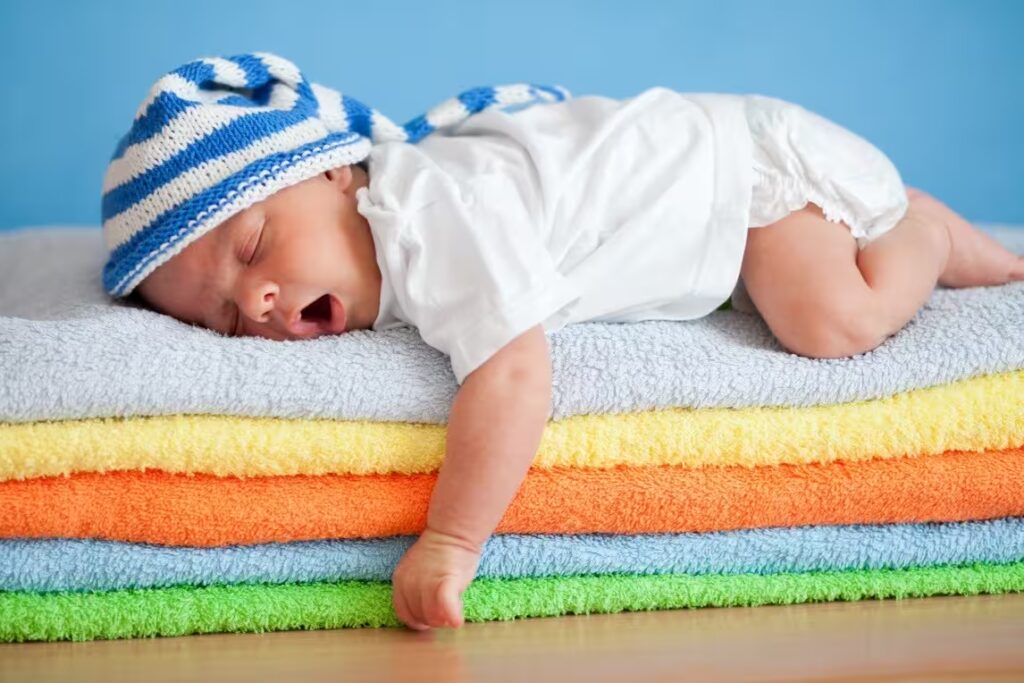About your Mattress
We’re regularly asked by our patients whether the cause of their aches and pains could be their sleeping position or mattress. This would seem to make sense given that often pain and discomfort is at its worst when they wake up in the morning. However, there are many potential reasons for this and neither your mattress nor your sleeping position are the sole cause of your backache.
Generations before us slept on sacks of wool, feathers, straw, piles of clothes, some furs on the floor or a hammock. In 1850 a Neolithic village of eight dwellings was discovered in Orkney in Scotland. In each dwelling sat a large stone slab bed, which would then have been topped with soft fern and animal skins. In spite of this, there is little evidence of severe back problems being caused. Yet we seem unable to sleep on a rigorously designed and tested space-age memory foam/pocket sprung mattress if it’s slightly too firm, or slightly too soft or if we’ve had it for more than a couple of years.

So why do we wake up with pain and stiffness?
An unsuitable mattress simply exaggerates problems that are already there. We might not be aware of them during the day, but remaining in one position for an extended period overnight can compress joints that are already irritated, or stretch muscles that are already working too hard. This will aggravate inflammatory processes that are going on. To put it simply, if you’re waking up in pain, there’s more to be sorted than your sleeping position and mattress.
Goldilocks and the three bears is the perfect reference for attitudes to the individual’s perfect mattress. We all have individual preferences for how hard or soft we prefer it.
Essentially the way a too-firm a mattress can aggravate our problems is by not allowing our bony bits to sink in, this can aggravate them through the prolonged contact and allowing the body to pivot around them into an awkward position. Too soft and the rest of the body sinks into the mattress along with the ‘bony bits’, slumping into an awkward position.

One thing we advise everybody is that the suitability of a mattress is not proportional to the price. You shouldn’t need to break the bank for a good night sleep and people were snoozing like babies long before NASA designed memory foam. Shop around, and try before you buy. Before you do rush out to replace your mattress, there are some strategies that may help in the short-term, these involve keeping your spine in as neutral position as possible. Whether you sleep on your side or on your back, make sure you’ve only got as many pillows as you need to keep your neck in the neutral position. With most pillows this means just one pillow if you’re on your back or two if you’re on your side. Just make sure your neck isn’t flexed forwards, extended backwards or side-bent.
You can also help keep your back and pelvis in a neutral position by using pillows as supports. Place a pillow under your knees if you’re sleeping on your back, or between your knees if you’re side-lying. Often you’ll find that you wake up and the pillows have disappeared onto the floor or become lost somewhere under the covers, but it’s worth a try, and if you’re in pain you can always put them back again.

When all is said and done, lie in a position in which you can sleep, on a mattress you find comfortable. Lying down in the most orthopaedically perfect position is no good if you don’t get any sleep. Sleep is the time when your body does all of its growth, repair and other vital processes. Stressing about the position you’re in will probably lead to loss of sleep, and you’ll end up feeling worse. Chill out, get some kip, and have a stretch when you wake up in the morning. If the pain and discomfort persists come and see us and we’ll check it out for you.